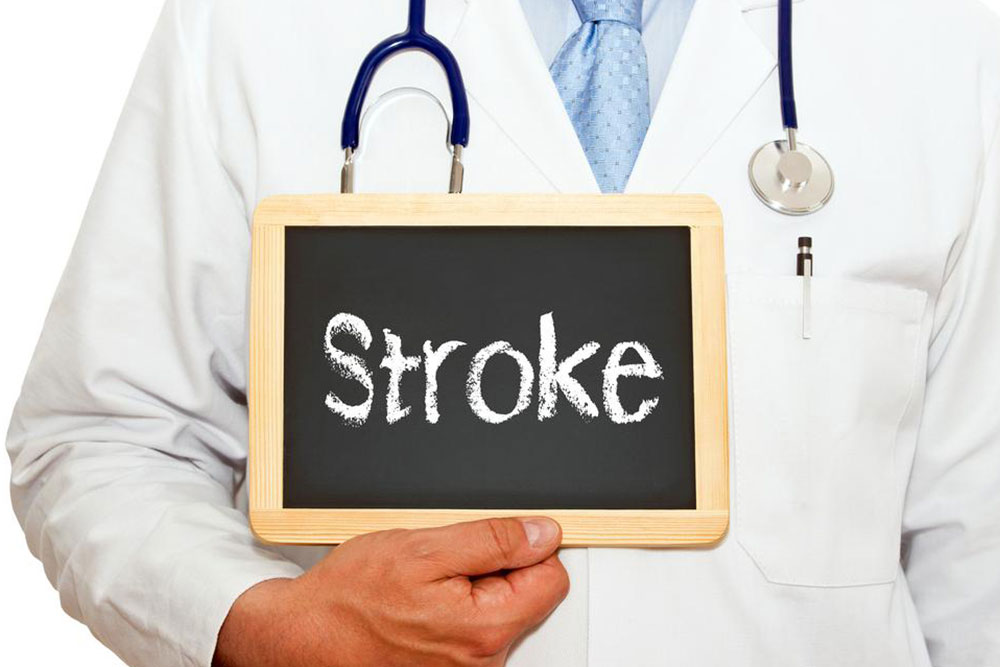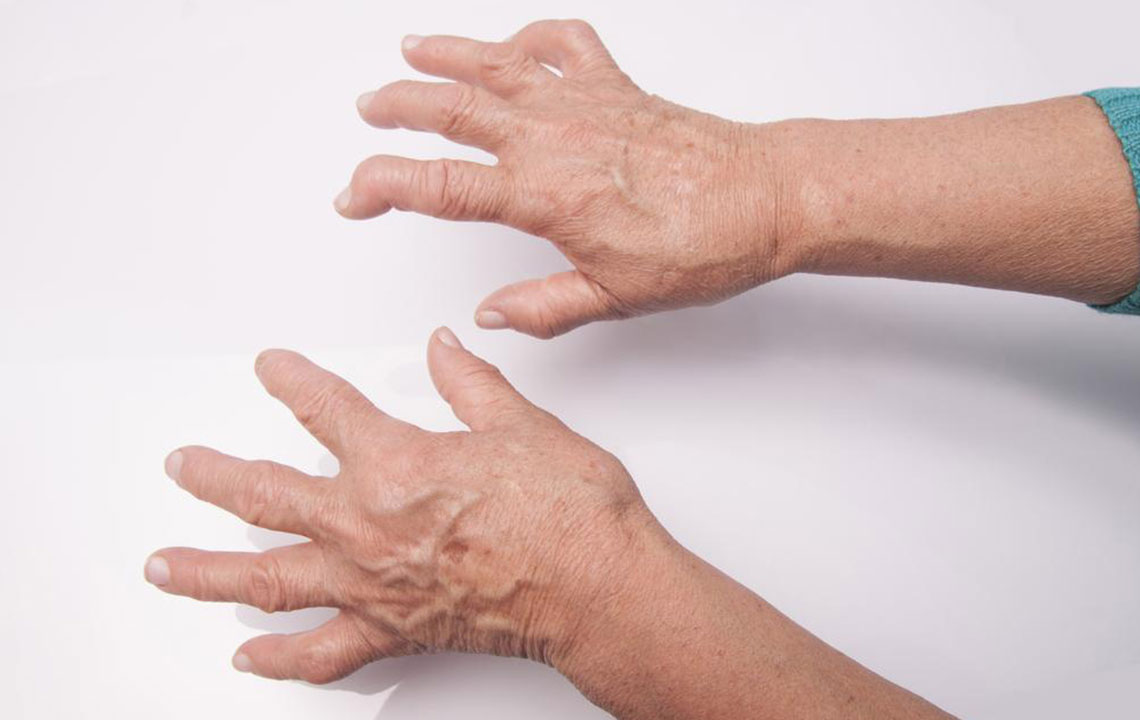Recognizing Early Signs of Stroke and Taking Preventive Action
This article highlights the critical importance of recognizing early signs of stroke, including facial drooping, arm weakness, and speech difficulties. It emphasizes the significance of timely medical intervention, discusses key risk factors like age and lifestyle choices, and offers preventive strategies. Early detection can dramatically improve recovery outcomes and prevent long-term disabilities. Educating oneself and loved ones about stroke symptoms ensures faster response and better prognosis, making awareness a vital aspect of health and safety.

Understanding the Early Indicators of Stroke
Stroke is a serious medical emergency that can strike anyone at any age. It occurs when blood flow to the brain is interrupted, depriving brain cells of oxygen and causing potential damage. This disruption can lead to various physical and cognitive impairments, affecting not only the patient but also their loved ones. Recognizing early warning signs is crucial for timely intervention and better recovery outcomes.
Common initial symptoms often include facial drooping, arm weakness, speech difficulties, and sudden confusion. The acronym FAST helps remember these signs:
F: Face drooping or numbness
A: Arm weakness or numbness
S: Speech difficulty or slurred speech
T: Time to seek medical help immediately
If you notice these symptoms, call emergency services without delay, even if they seem to resolve temporarily. Prompt medical attention significantly improves prognosis.
Additional early signs may involve sudden dizziness, loss of coordination, blurred vision, severe headaches, or weakness in limbs. Immediate hospitalization within the first three hours of symptom onset greatly increases the chances of recovery.
Risk Factors to Watch For
While strokes can affect anyone, certain factors elevate the risk. Persistent headaches combined with other symptoms warrant medical evaluation. Major risk factors include advanced age, women’s increased susceptibility, high blood pressure, elevated cholesterol, smoking, and excessive alcohol consumption. Many individuals have experienced unnoticed mild strokes earlier, which, if left untreated, can escalate into more serious events.
Prevention Through Early Detection
Stroke is a leading cause of long-term disabilities like paralysis, cognitive decline, and emotional health issues. Recognizing early symptoms and seeking swift medical care are key to preventing extensive damage. Educating yourself and loved ones about FAST, maintaining a healthy lifestyle, and regular check-ups can reduce the likelihood of stroke.
Advances in medical science now enable effective treatments for early stroke symptoms, helping patients recover more rapidly and return to daily activities efficiently. Preparedness and awareness are vital for minimizing risks and ensuring prompt action during emergencies.










